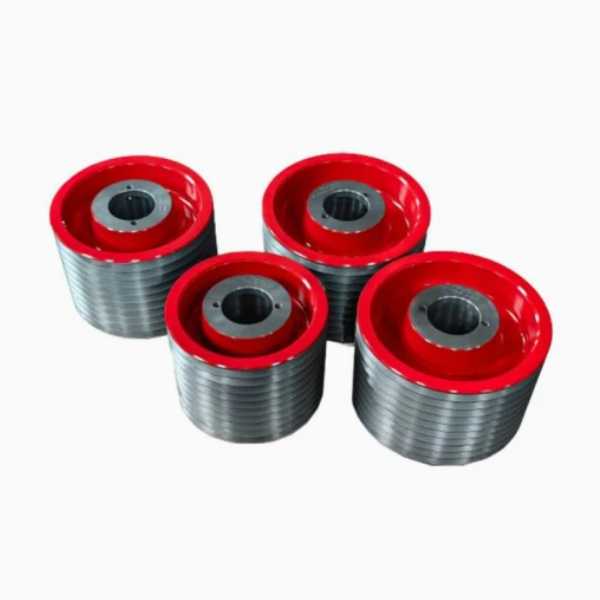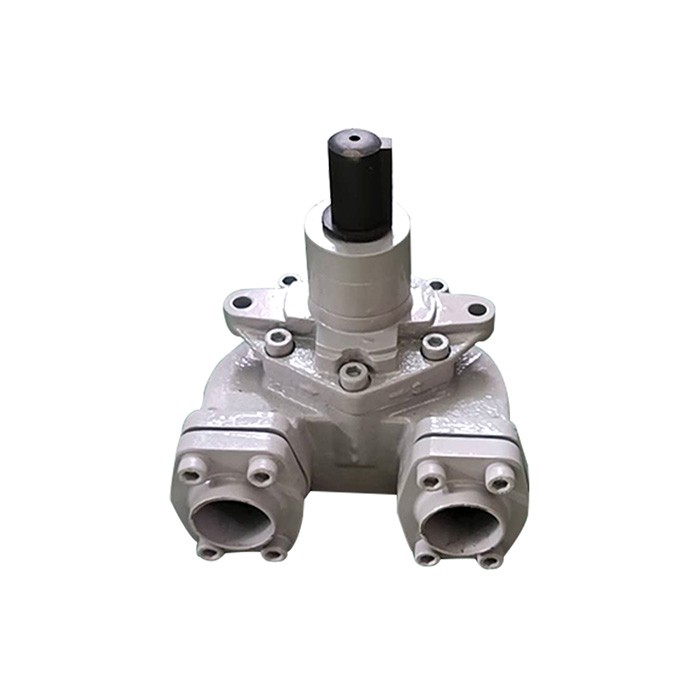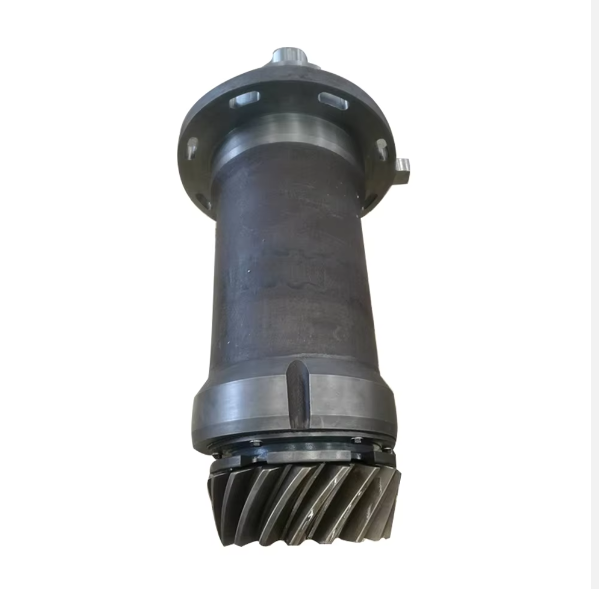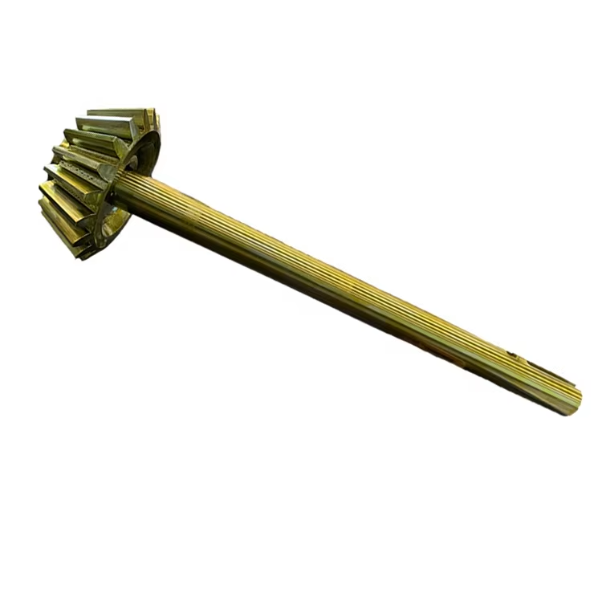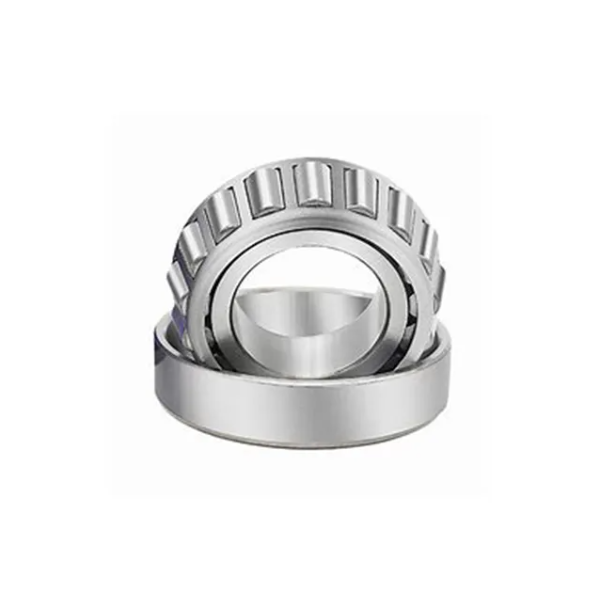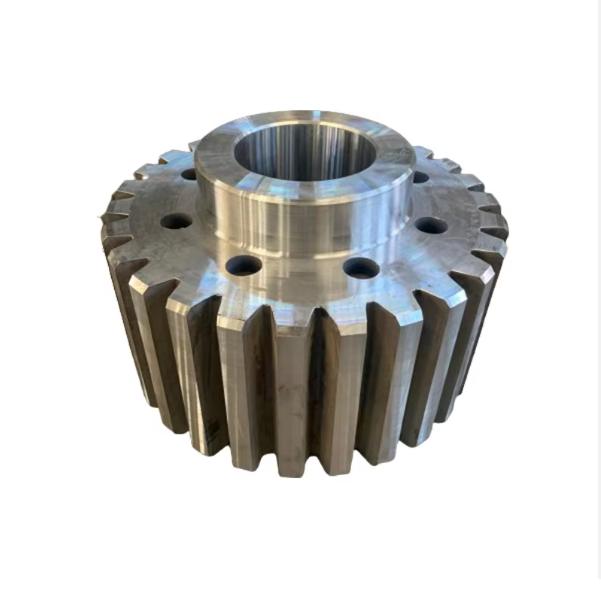Cone Crusher Adjustment Gear
The cone crusher adjustment gear, a key part of the gap adjustment system, modifies the crushing gap between mantle and concave to control product size. Its functions include gap adjustment (converting rotation to vertical bowl movement), torque transmission, locking adjusted positions, and load distribution, requiring high strength and precise tooth geometry.
Structurally, it is a ring-shaped component with a gear ring body (high-strength cast steel ZG42CrMo), external/internal teeth (module 8–20), mounting flange, optional threaded interface, lubrication channels, and locking features.
Manufacturing involves sand casting (material selection, pattern making, molding, melting/pouring, heat treatment), machining (rough machining, tooth machining, thread/flange processing, drilling lubrication channels), and surface treatment (tooth carburizing, epoxy coating).
Quality control includes material testing (composition, tensile strength), dimensional checks (CMM, gear measuring center), structural testing (UT, MPT), mechanical performance testing (hardness, load tests), and functional testing. These ensure reliable, precise gap adjustments for consistent cone crusher operation
More





